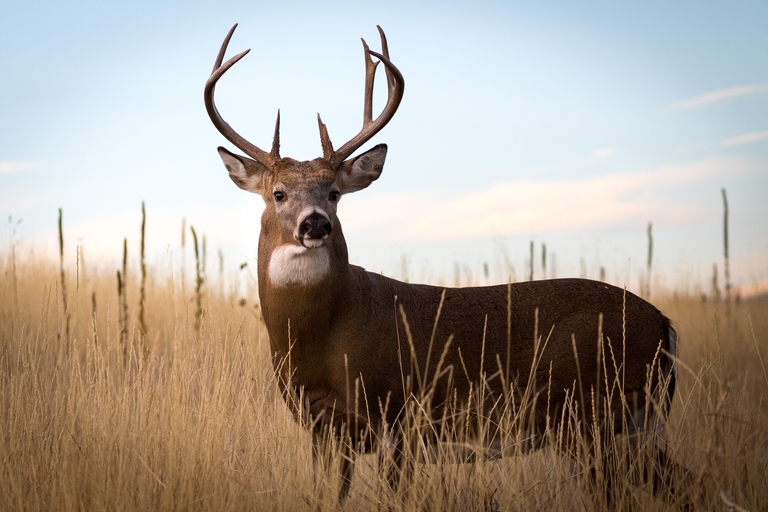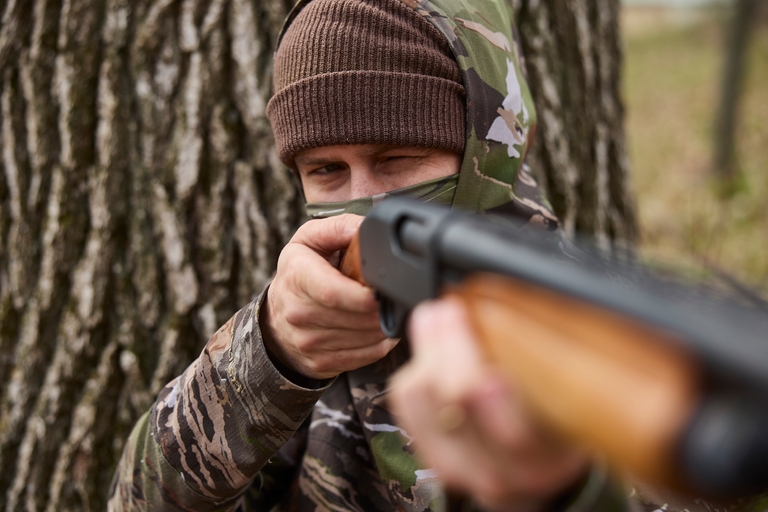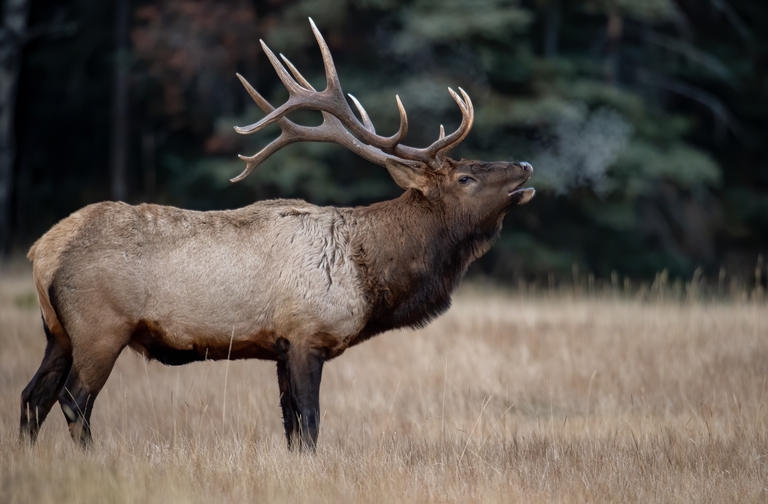The Differences Between an In-Person vs. Online Hunter Education Course
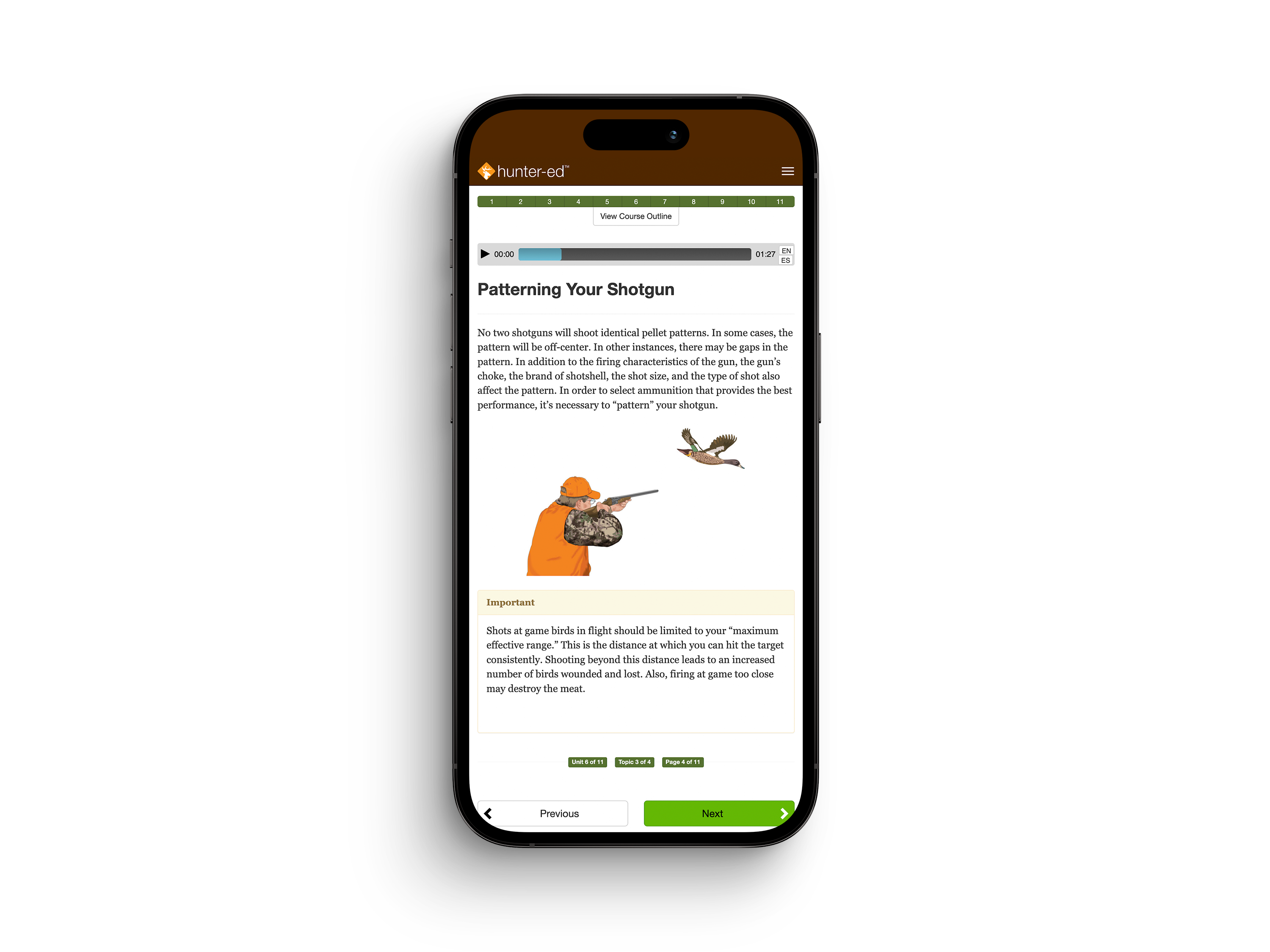
Hunter education is critical to keeping hunts safe and legal – and thanks to improvements in technology, new hunters have more options than ever.
However, it can sometimes be tough to choose between a traditional in-person course and an online course. Can you take a hunter education course online (and trust that it fulfills state requirements)?
Yes! Just make sure the online course you choose is state-approved.
If you're still not sure that an online course is right for you, this article explains the differences and how to ensure you have the right certification to prepare for hunting season this year.

3 Types of Hunter Education Courses
What is the "best" course to help you stay safe on a hunt?
There are three basic types of hunter education courses: in-person, online-only, and online with a field day portion. The type of courses available to you will depend on your state.
1. In-Person Hunter Education Courses
In-person courses are typically conducted in a classroom or large meeting space. They last at least 6 hours, can take place across multiple days, and are taught by volunteer instructors.
Students typically have to RSVP and may have to pay a fee to reserve a seat in the class. The time and location of each course is dependent on the instructor.
These classes may use videos but rely primarily on a verbal presentation from the experienced hunter leading the course. An in-person course will also typically include a printed student manual. After completing the study portion of the class, students take a written exam with one opportunity to pass.
For example, South Carolina's Hunter Education Class is geared toward hunters who already have some firearm and hunting knowledge. The free course takes about 8 hours to complete and may be offered as a one-day class or across two nights. Youth hunters must be accompanied by a parent or legal guardian.
If you fit the criteria for a class like this, taking a day and getting your certification can be an excellent option. However, if you're new to firearms and hunting or can't make it to an available class time or location, you'll need another solution to take your hunter safety course before getting a hunting license or planning your hunt.
2. Online-Only Hunter Education Courses
An online-only hunter education course – available in most states for all hunters and just for adult hunters in others – allows students to complete their hunter education on any mobile device or computer on their own time and from the comfort of their own home.
These courses feature the same IHEA-USA-approved content used in the in-person courses, supplemented with animations, videos, and review quizzes to ensure the students learn everything they need to know. Students can log in and out of the course to fit it around other responsibilities like school, work, or family responsibilities.
Because of the online format, students can easily review information and take as much (or little!) time as they need to really understand each topic.
After completing all the quizzes and the test, students have completed the state's requirements and can immediately print out their hunter education certificate.
For example, Texas hunter education students ages 17 and up can complete the online Hunter-Ed course in 4-6 hours and immediately print out a Temporary Hunter Education Certificate. The permanent certificate is then sent by mail.
In another example, any Indiana hunter has the option to complete the online course to fulfill the state's requirements, and there is no field day requirement for this route. They immediately print out their permanent Hunter Education Certificates when they pass all the quizzes and the exam.
With online courses, hunters can take quizzes and the exam multiple times until they pass.
3. Online Hunter Education Courses With a Required Field Day
A combination "online with field day requirement" course is available in most states. They combine the best parts of an in-person course with the ease of an online course.
The actual structure will vary by state. Some require an in-person component before the online course, while others require an in-person component after the online portion. They may be called a "conclusion class," "field day," or similar name.
With these courses, students will complete most basic or knowledge-based education online—even on a mobile device! The material is the same as the in-person course, with the added convenience of being available online.
Students can often retake quizzes and tests until they feel comfortable with the information. After passing the online course, students print out proof of completion (usually called a "voucher") and attend the in-person component.
What Is the In-Person Part of the Course?
The in-person component is frequently much shorter than a traditional in-person course would be, as it only covers the essential information a hunter may need, including hands-on practice and sometimes a range day. Volunteer instructors teach the in-person component, which may or may not include a fee.
After completing a second exam offered at the in-person component, students receive their hunter education certificates.
Texas, for example, offers students ages 9 to 16 the opportunity first to complete the online portion and then attend a 4-hour field day, which includes a presentation, a "skills trail," a live-fire exercise, and a written exam.
Similarly, Alaska hunters must complete a field day after completing the online portion. That field day experience includes 4-6 hours of instruction, a field exercise, a live-fire exercise, and a written exam. Once students pass both components, they have earned their hunter education certification.
Which Course Is Right for You?
State agencies now provide as many options as possible to make learning hunter safety as accessible and comprehensive as possible. However, the course that's right for you depends on your availability, learning style, and state's requirements.
Do your research and find out what courses are approved for your state.
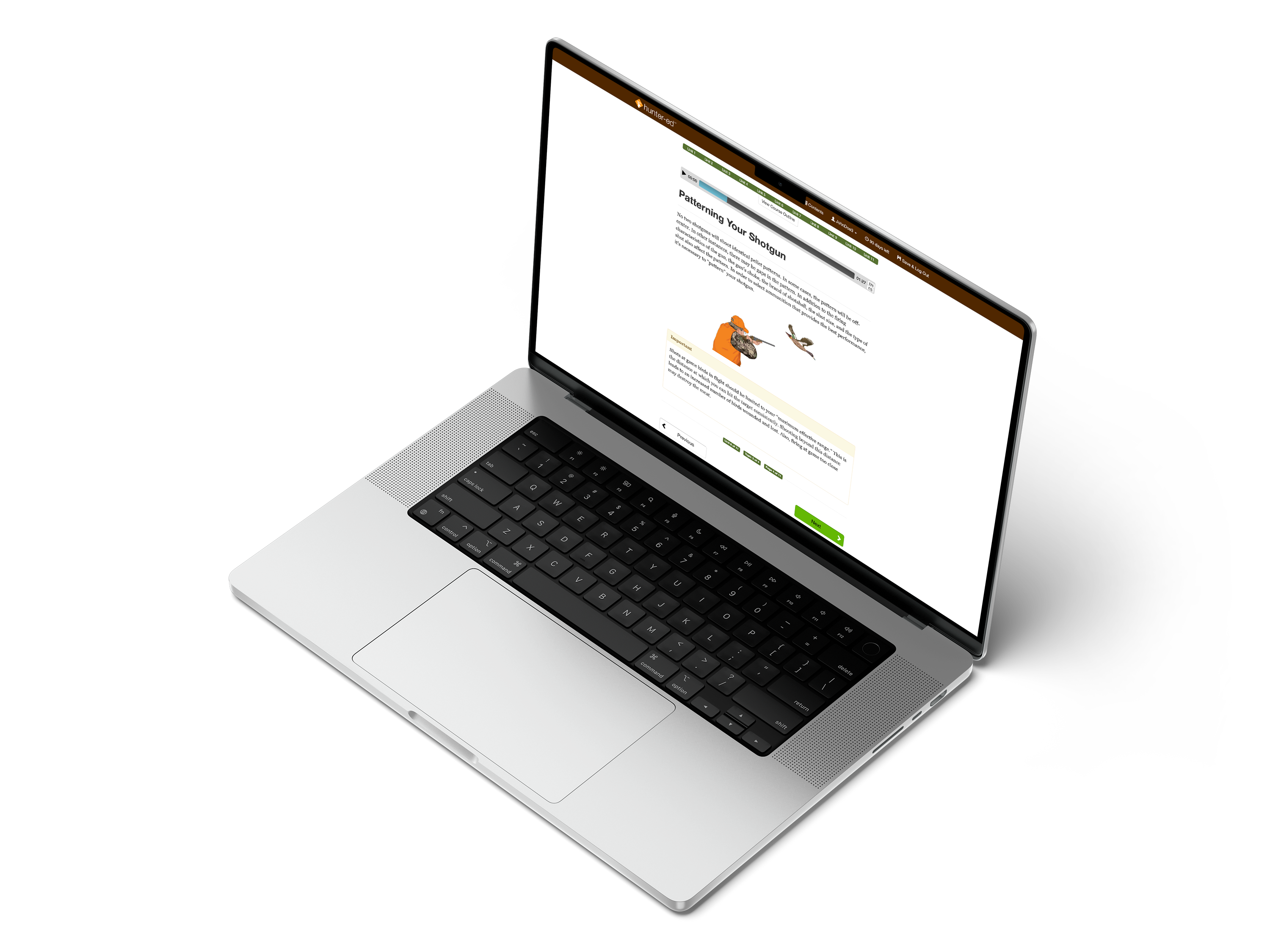
Learn Hunter Safety Online Through Hunter-Ed
Since you're already here, an online hunter safety course through Hunter-Ed can be an excellent option! Our courses are state-approved and meet the requirements for safety certifications.
Through one of our courses, hunters learn a wide range of information about safety in the field, including transporting firearms, staying within your zone of fire, hunter ethics and how to be a responsible hunter, shooting skills, and preparation and survival skills for any time of weather that impacts your hunt.
Our courses are 100% online, including the exam. To make sure you have your required safety training before your next hunt, find the course for your state and get started learning online!
Originally published October 1, 2015. Content updated October 5, 2023.

